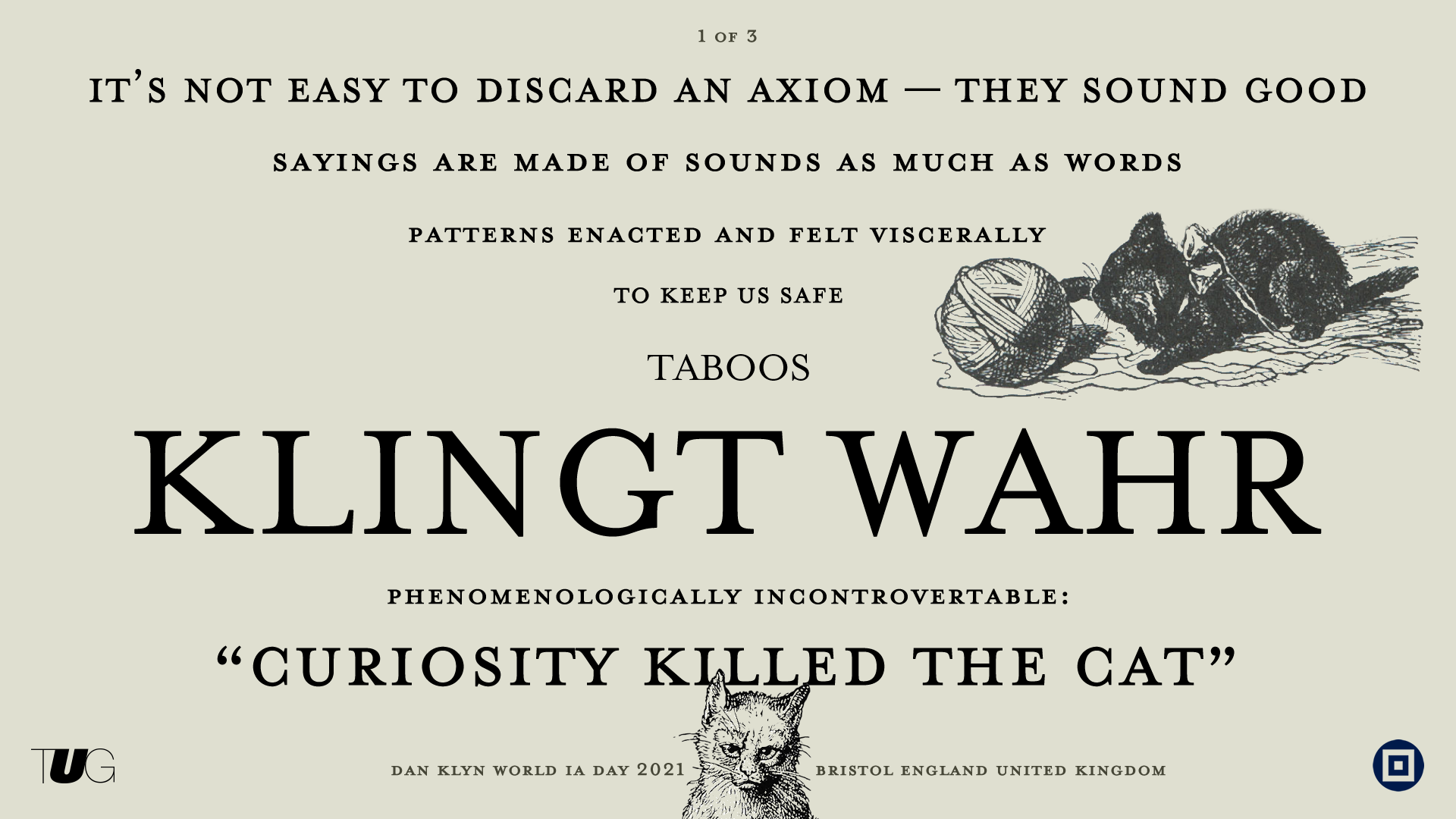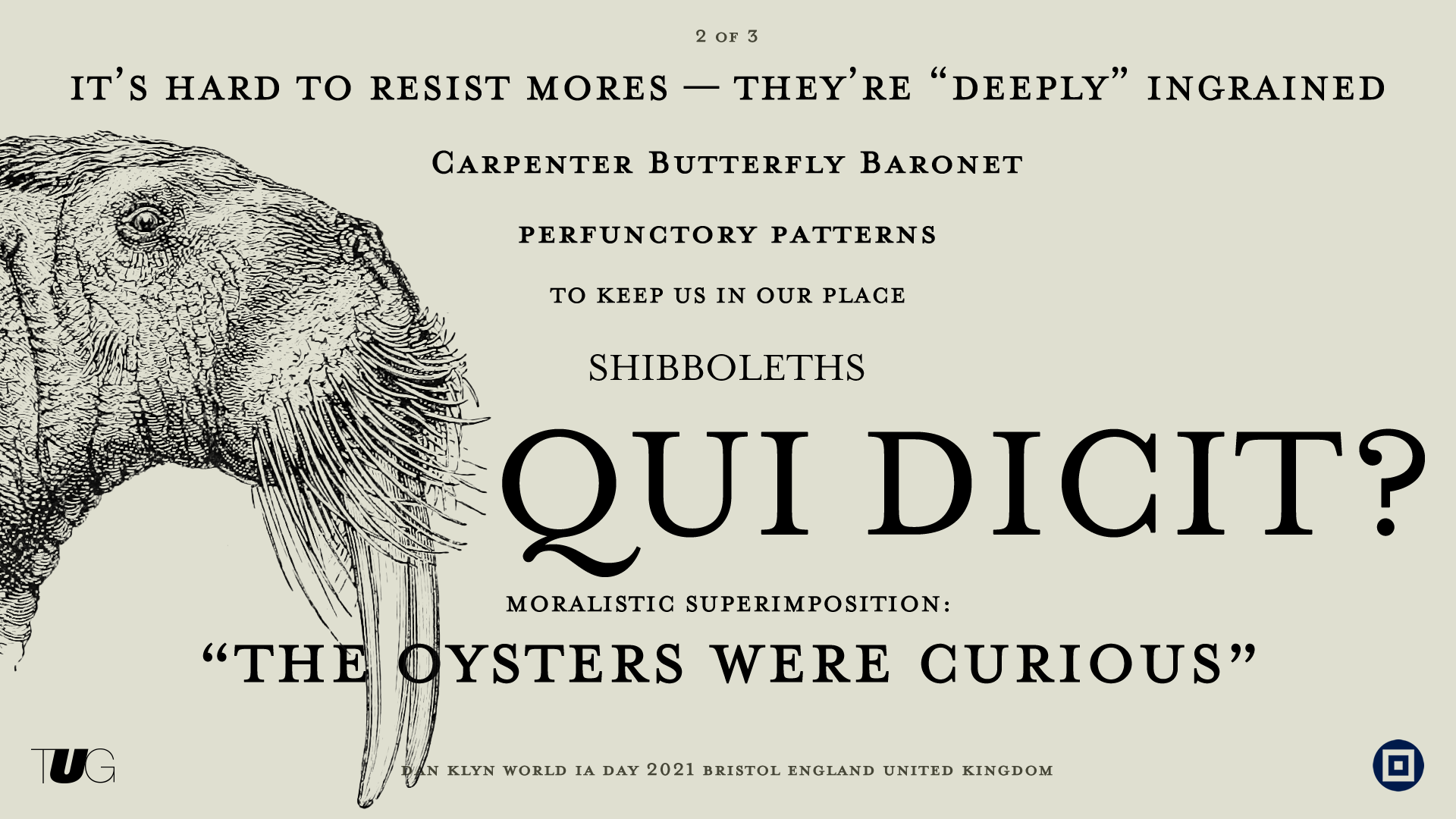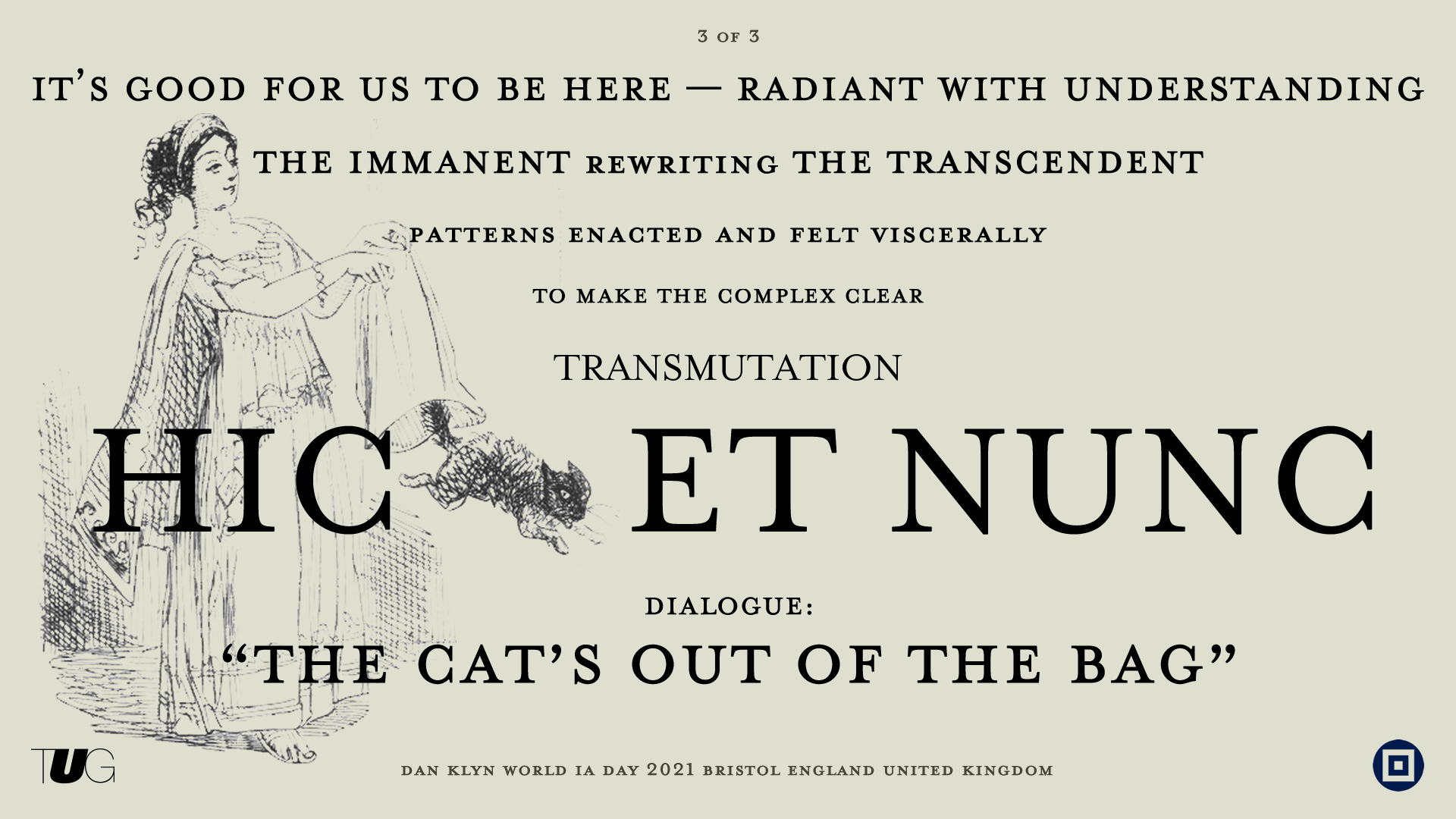In our recent experiment with our In/Tension Modeling workshop, TUG introduced an innovative approach by incorporating toy wooden blocks, transforming the traditional alignment sessions into more engaging and interactive experiences. This method significantly increased participation and enriched discussions, allowing stakeholders to visualize strategic tensions and outcomes more effectively. The experiment underscores the importance of integrating fun and playful elements into workshops to foster creativity, collaboration, and a deeper understanding among participants, offering valuable insights to enhance any workshop session.
Read moreApplying a Service Design Lens to Information Architecture Practice
Travis delves into the integration of Service Design principles into Information Architecture practices, emphasizing the importance of understanding organizational needs and overcoming departmental barriers. Service Blueprints emerge as a pivotal tool, expanding on customer journey flows to include organizational actions, both visible and behind-the-scenes. However, the article also raises concerns about the potential misuse of such blueprints as mere buzzwords without grasping their true essence. Drawing inspiration from Lou Downe's "Good Services," the piece underscores the significance of clear intent, user-centric design principles, and the need for sustainable governance. The overarching message is the continuous evolution and adaptability of service design, emphasizing collaboration, feedback, and preparedness for inevitable service failures.
Read moreBeyond Jargon: The Power of Plain Language in Information Architecture
This article, written by Emily Claflin, emphasizes the importance of plain language in information architecture. Plain language, promoted by the US government's Plain Writing Act in 2010, simplifies communication, making information easily understandable. It's particularly valuable in information architecture, where it aids in understanding complex information. The article outlines the US Government's eight guidelines for plain language, including audience-focused writing, organization, word choice, conciseness, conversational tone, design, web standards, and assumption testing. Ritter provides tips for incorporating plain language into writing and concludes that its use benefits everyone by saving time, reducing errors, and improving communication.
Read moreSermon for WIAD Bristol 2021
For World IA Day 2021, TUG co-founder Dan Klyn was invited to give the closing keynote for Nomensa’s celebration in Bristol. Klyn’s counterproposal was to preach a brief sermon, to be followed immediately by Q&A with Nomensa co-founder and TUG’s beloved friend Simon Norris.
Read moreCognitive Principles Driving Design
Daniel O’Neil reflects on the different kinds of cognitive approaches people use when confronted with certain kinds of information.
Read moreBig Data And Real User Stories
From Google Analytics to our merchant and fulfillment systems, insightful customer-centered marketing strategy is just a spreadsheet away! What is key about this explosion of data is that it requires an even greater commitment to story-driven strategic marketing. If data is not judiciously applied to the human narrative, marketing departments can be pushed into reactive, tactical activities against tiny bits of information. We think you should go big instead, and use the data for high-level marketing strategy and planning.
Read more




